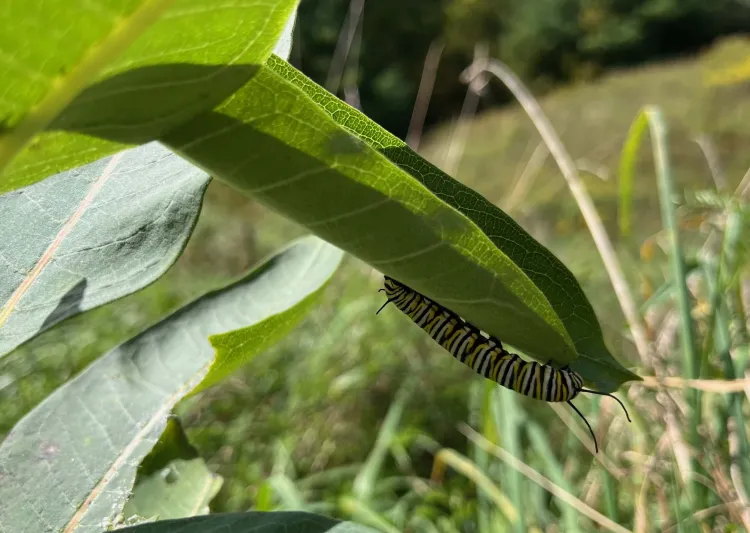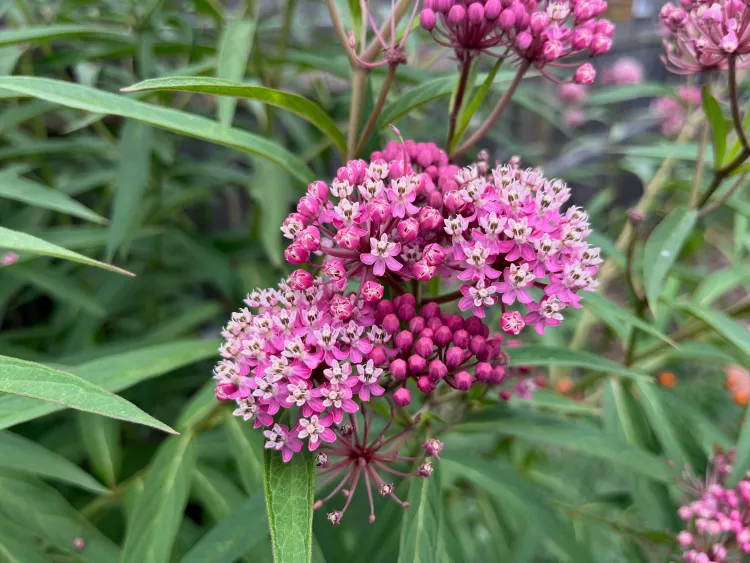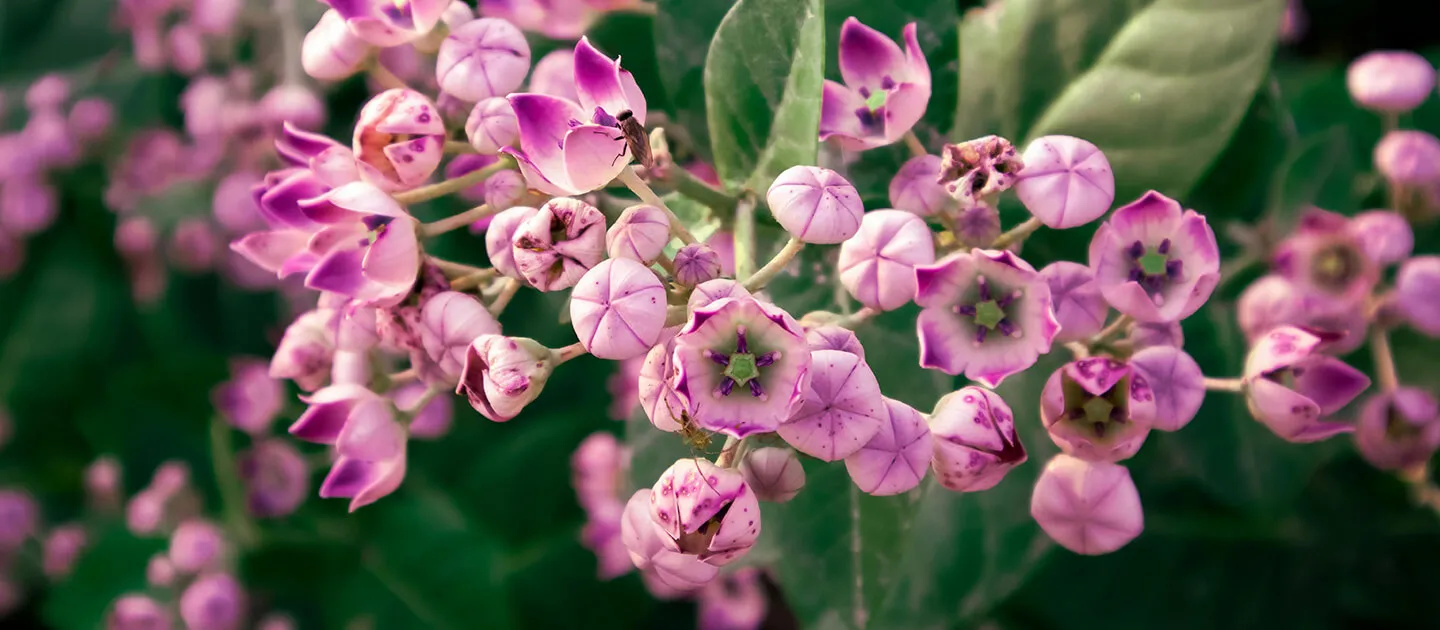Milkweed may seem like a weed because of its name, but it’s actually an incredibly important plant.
The leaves of milkweed are the primary food source for monarch caterpillars. The flowers provide nectar for the adult monarch butterfly and countless other pollinators and insects.
The monarch (Danaus plexippus), Vermont’s state butterfly, is a species at risk with a declining population due to loss of habitat, climate change and other factors. Planting milkweed and protecting existing milkweed can help support this species.

Milkweed can grow in a wide variety of environments from roadsides and abandoned lots to the edge of fields, meadows and even in manicured gardens. This native, perennial powerhouse is an adaptable plant that should be embraced in almost any landscape.
One easy thing you can do to encourage milkweed to grow is to only mow what you really need to use. Leaving infrequently mowed meadow areas provides an opportunity for milkweed to flourish. Cutting back to mowing once per year, or once every few years, is a great way to do more good by doing less.
Another thing to try when milkweed appears in your garden is just to leave it and let it grow. Try to get used to the idea that even if you didn’t plant it, it could be beneficial, so you can leave it in certain sections of the garden.
When milkweed is happy, it tends to grow in colonies, so try to embrace this as well. It is providing many benefits by being there, perhaps more than other common ornamental plants.
Milkweed can also be sown as plants, plugs or even by seed. There are multiple species of milkweed that are adapted to different conditions.

You can buy milkweed plants from local nurseries that sell native plants or order seed online from native plant nurseries. Try to find seed that has been collected as close as possible to your area to support local plant genetics.
Common milkweed (Asclepias syriaca) grows in a variety of conditions from dry to medium-wet soils in full sun. It tolerates poor soil and can grow into large patches by underground rhizomes. This species grows 2- to 3-feet tall, and about 12 inches wide. Its pink-mauve clusters of flowers are fragrant and showy.
True to its name, swamp milkweed (Asclepias incarnata) grows in medium to wet soils, but can tolerate some variation. It grows 3- to 4-feet tall, preferring full sun. This taller milkweed has thinner leaves than common milkweed, and it also likes to naturalize.
While lovely and highly attractive to pollinators, gardeners should reconsider planting the orange-flowered butterfly weed (Asclepias tuberosa) in gardens. It has been added to the Vermont Department of Fish and Wildlife’s list of “Rare and Uncommon Native Vascular Plants of Vermont,” which means that planting butterfly weed with genetics from other parts of the U.S. may interfere with local genetics of this threatened species. However, if this plant is already in your garden, there is no need to pull it up.
Interested in growing milkweed? More information can be found here: https://monarchwatch.org/milkweed.
Together, with little changes in landscape maintenance and mindset, we can help protect and build habitat for the monarch and many other important pollinators and insects.
